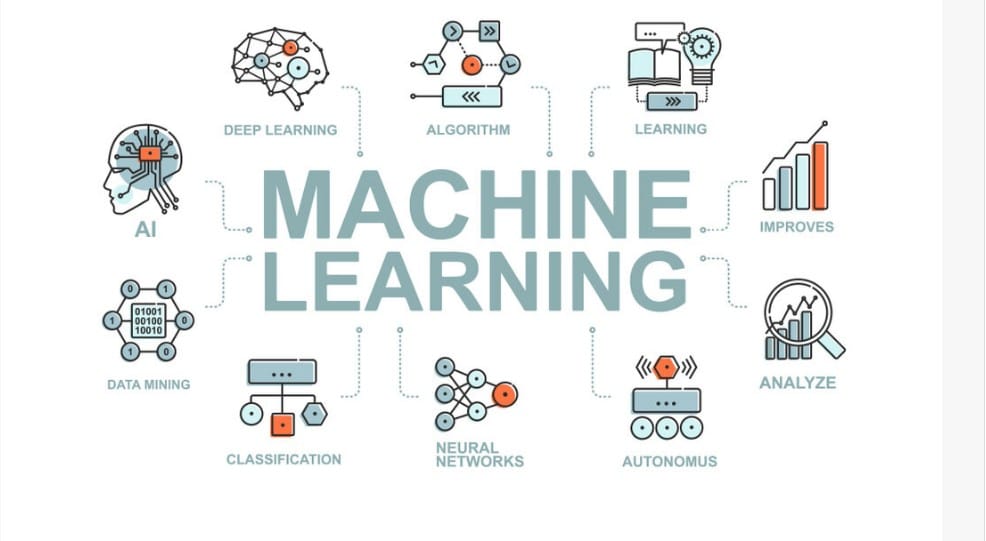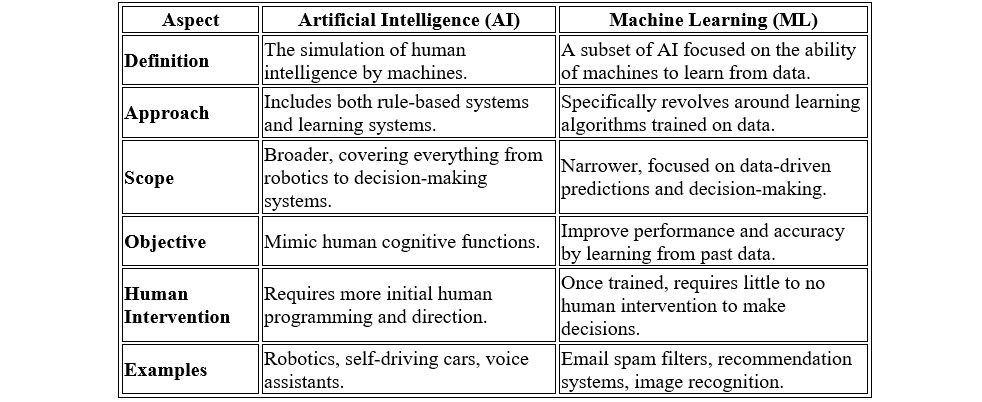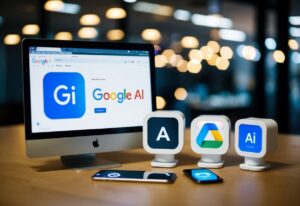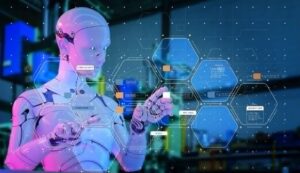AI vs Machine Learning
Artificial Intelligence (AI) vs. Machine Learning (ML):
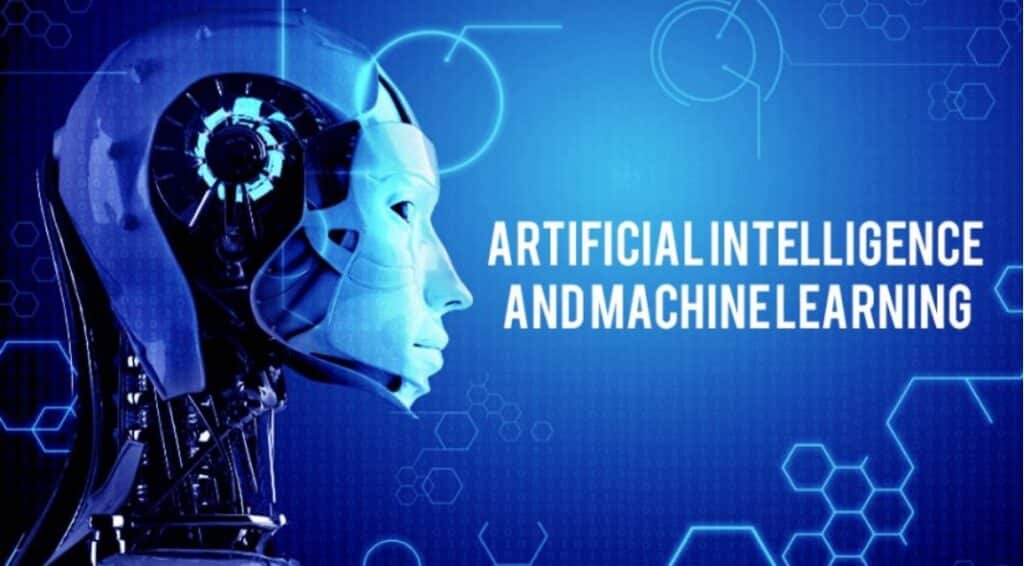
Artificial intelligence Vs machine learning
What is Artificial Intelligence (AI)?
Artificial Intelligence (AI) refers to the broad science and development of computer systems capable of performing tasks that normally require human intelligence.
These tasks include understanding natural language, recognizing images or sounds, solving problems, making decisions, and even creating art. AI aims to simulate human cognitive functions, including learning, reasoning, planning, perception, and creativity.
AI is an umbrella term that encompasses various technologies and approaches. The field includes everything from relatively simple rule-based systems (where machines follow a set of predefined rules) to more sophisticated systems that use deep learning and neural networks to mimic human thought processes.
Example:
- AI in Voice Assistants: Digital assistants like Siri, Alexa, and Google Assistant use AI to understand voice commands and respond intelligently. These systems can handle multiple languages, provide relevant information, and even adjust their behaviour based on user preferences.
What is Machine Learning (ML)?
Machine Learning (ML) is a subset of AI that focuses on the ability of machines to learn from data. Instead of being explicitly programmed to perform a task, ML algorithms learn patterns from data, improving their performance over time through training.
ML systems make predictions or decisions based on historical data and adjust their behaviour as they process more information.
ML algorithms typically require large datasets for training. Once trained, these models can be applied to new data to make accurate predictions, classifications, or decisions without needing further manual intervention. ML is the foundation of many AI applications we interact with today, such as recommendation engines, fraud detection systems, and facial recognition technologies.
Example:
- ML in Recommendation Systems: Netflix and Spotify use machine learning to analyse users’ past behaviours, such as watching or listening habits, and provide personalised recommendations for movies, shows, or music that users are likely to enjoy.
Relationship Between AI and ML
While people often use AI and ML interchangeably, they represent different aspects of the same field:
- Artificial Intelligence is the broader goal of creating machines that exhibit human-like intelligence.
- Machine Learning is one specific technique to achieve AI. It focuses on teaching machines to learn from data and improve performance without human programming.
AI can exist without ML, such as in rule-based systems where a machine follows pre-programmed instructions to carry out tasks. However, ML is one of the most powerful approaches for achieving advanced AI, as it allows machines to become more adaptive and improve their accuracy as they process more data.
Differences Between AI and ML
AI vs Machine Learning
Practical Examples of AI vs. ML
Artificial Intelligence Example:
- AI in Autonomous Vehicles: AI systems in self-driving cars combine multiple forms of intelligence—visual recognition to detect objects, decision-making algorithms to plan routes, and sensors to perceive the vehicle’s environment. AI allows the car to drive safely and make complex decisions without human intervention.
- ML in Email Spam Filtering: Gmail’s spam filters use machine learning to analyse patterns in spam emails (such as phrases, senders, and structures) and improve their accuracy over time. The system becomes more effective at identifying and filtering out unwanted emails as it processes more examples.
Key Applications of AI and ML
Both AI and ML are transforming industries by automating tasks, improving decision-making, and enabling entirely new capabilities. Here are some common applications:
1. Healthcare
- AI: AI is used to develop diagnostic tools that can analyse medical images and suggest diagnoses. For example, AI systems are capable of detecting tumours in radiology scans faster and more accurately than human doctors.
- ML: Machine learning is used to predict disease outcomes based on patient data, helping doctors make more informed decisions about treatment plans and resource allocation.
2. Finance
- AI: AI-powered robo-advisors provide personalised financial advice and investment strategies, helping individuals and companies manage their assets.
- ML: Machine learning algorithms are used for fraud detection by analysing patterns in transaction data to flag unusual or suspicious activity.
3. Marketing
- AI: AI systems are used in customer service chatbots, which can handle complex queries, provide recommendations, and solve customer problems 24/7.
- ML: Machine learning models power targeted advertising, where user behaviour is analysed to show personalised ads to increase conversion rates.
4. Retail
- AI: Retailers use AI to optimise supply chain management by predicting demand, monitoring stock levels, and automating restocking.
- ML: ML is used in personalised product recommendations, with online stores analysing customers’ previous purchases to suggest other relevant items.
5. Entertainment
- AI: AI systems are used to generate content, such as deepfake videos, or enhance video game characters’ behaviours.
- ML: Streaming platforms like Netflix use machine learning to recommend shows or movies based on a user’s viewing history, continually refining the recommendations over time.
FAQs: AI vs. Machine Learning
1. Can AI function without machine learning?
Yes, AI can function without machine learning. Early AI systems used rule-based approaches, where decisions were made based on a set of predefined rules. However, machine learning has become the most effective way to achieve more advanced and adaptable AI.
2. Is machine learning a part of AI?
Yes, machine learning is a subset of AI. It’s one of the techniques used to build intelligent systems that can learn and improve without needing constant human guidance.
3. What is the main difference between AI and ML?
The main difference is that AI refers to the broader goal of machines exhibiting intelligent behaviour, while ML specifically refers to systems that learn from data to improve over time.
4. Are neural networks part of AI or ML?
Neural networks are part of machine learning, which in turn is a subset of AI. Deep learning, a type of ML, uses neural networks to process complex patterns in large datasets, leading to breakthroughs in fields like image recognition and natural language processing.
5. Is AI dangerous?
AI itself is not inherently dangerous, but like any powerful technology, it can be used in ways that are harmful. Ethical considerations include issues of bias in algorithms, job displacement, privacy concerns, and the potential misuse of AI in areas like surveillance or autonomous weapons.
6. What is supervised learning?
Supervised learning is a type of machine learning where the model is trained on labelled data—meaning that the correct output is known during training. The model learns to map inputs to the correct outputs and can later generalise this knowledge to new, unseen data.
7. What is the future of AI and ML?
The future of AI and ML includes advancements in generalised AI, improved decision-making algorithms, and wider applications in industries like healthcare, education, and transportation. We are also likely to see more ethical frameworks emerge as AI becomes more integrated into everyday life.
Conclusion
AI and ML are closely related but distinct concepts. While AI is the broad field focused on making machines mimic human intelligence, ML is a specific method within AI that allows machines to learn from data.
Both technologies have become integral to modern life, driving innovation in industries like healthcare, finance, marketing, and entertainment. Understanding their relationship and differences is key to appreciating how they are shaping the future of technology.
As AI and ML continue to evolve, we are likely to see more sophisticated applications across diverse fields, from self-driving cars to personalised healthcare solutions.
However, the ethical implications, such as bias and privacy concerns, must be carefully managed to ensure these technologies are used for the betterment of society.
.

